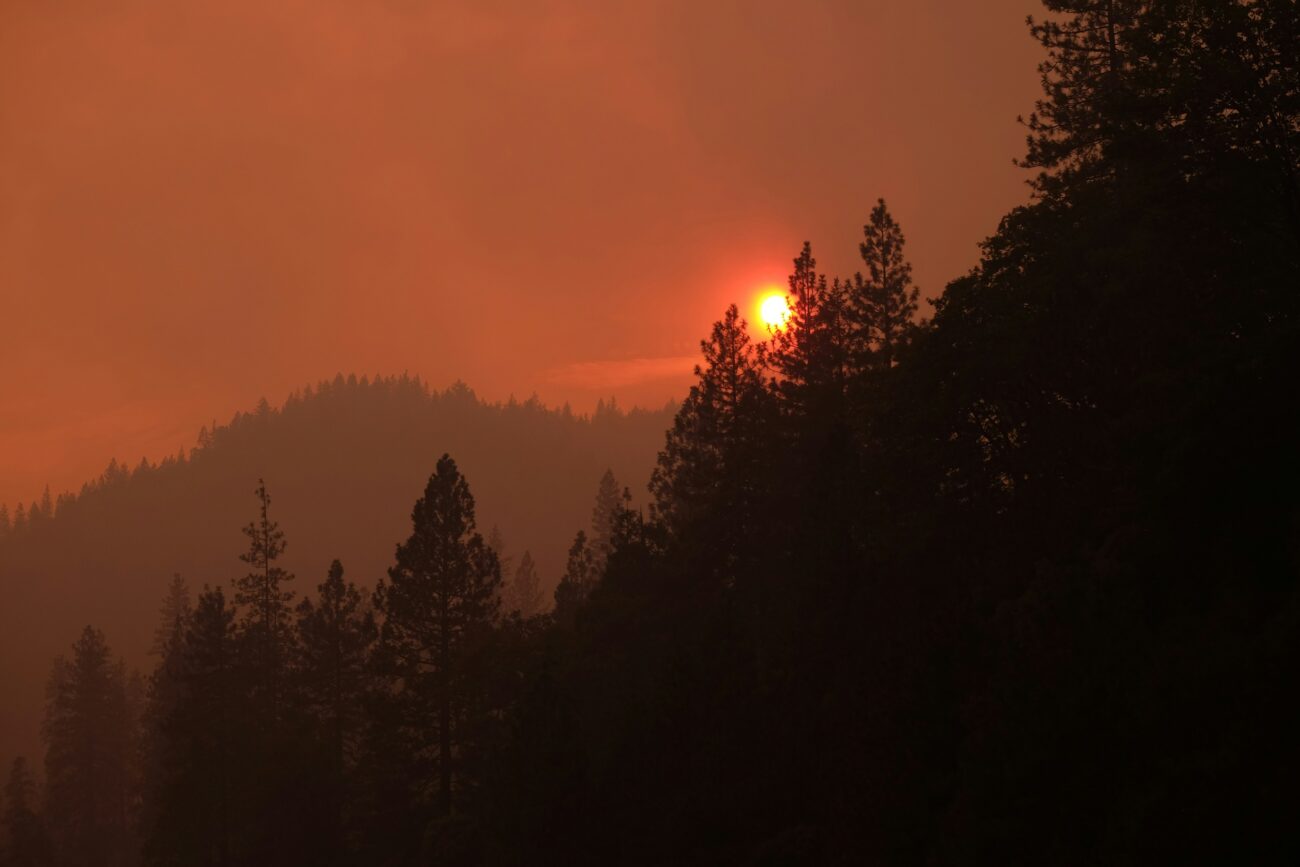As we grapple with climate change’s devastating and escalating effects, it’s logical to ask why past administrations didn’t take steps to mitigate the crisis well before it escalated. Yet one of the most compelling, if unheeded, voices of caution came from Jimmy Carter, the country’s 39th president, who passed away on December 29.
“Jimmy Carter’s recognition of the climate threat in the 1970s was in some ways prescient, but also a recognition of the sound scientific evidence that existed even at that time,” says Jason Smerdon, professor of climate at Columbia Climate School. “Carter’s plans for a renewable energy transition was a road not taken that would have put us in a far better place than where we currently stand.”
When Carter arrived at the White House in 1977, America was reeling from the 1973 OPEC oil embargo. Six years later, this was compounded by oil strikes and inflation during the Iranian revolution. Still, the environment was the furthest thing from the minds of most politicians, who were mostly concerned about the fiscal and political implications of an oil shortage.
Within months of taking office, Carter received a sternly worded memo from Frank Press, a geophysicist and presidential science advisor, spelling out the link between fossil fuels, CO2 emissions and climate disaster. The president took this to heart, setting a goal that, by the year 2000, 20% of America’s energy use should come from renewable sources. (This, of course, wouldn’t happen.)
Two years into his term, as a symbolic gesture, President Carter had 32 solar panels installed on the White House’s roof (which were removed seven years later). He likewise held a fireside chat asking Americans to lower their thermostats to reduce the country’s compulsive dependency on fossil fuels. To be clear, Richard Nixon had previously made a similar request to lessen America’s demand for fossil fuels, as did Gerald Ford after him. Regardless, Carter’s proactive intentions were belittled by many establishment figures.
Undeterred, President Carter initiated a flurry of initiatives aimed at protecting the environment during his time in office. “When it came to alternative and renewable energy, Carter also supported direct federal investment in research and development,” says Leah Aronowsky, assistant professor of climate at the Climate School. “It’s an approach to energy policy that seems less politically viable today.”
“Carter’s legacy is a reminder of how responsible leadership, acting on sound scientific evidence, can and should inform long-term climate actions that will genuinely make a difference over the span of a lifetime.”
Carter created the Department of Energy in 1977 to consolidate the many government programs and research related to energy, while also enacting regulations. The same year he established the Solar Energy Research Institute (now called the National Renewable Energy Laboratory). A year later, he introduced the National Energy Act to tax gas-guzzling cars, while providing financial incentives for investments in wind and solar energy. Subsequent administrations would reverse much of the above.
“The Inflation Reduction Act could be read as containing traces of Carter’s legacy,” Aronowsky says. “It offers a number of ‘carrots’ in the form of tax credits to encourage individual consumers to purchase electric vehicles and heat pumps and tax subsidies to spur private investment in the EV industry, that are similar to some of the energy efficiency programs that Carter supported.”
Carter likewise turned his attention to deforestation. The Surface Mining Control and Reclamation Act of 1977 safeguarded the National Parks, prohibiting mining there. And his Alaska National Interest Lands Conservation Act of 1980 protected more than 100 million acres of wilderness, which prevented the oil and timber industries from disrupting the land. At the time, the Act doubled the size of the National Park and Wildlife Refuge System.
Perhaps most famously, Carter signed the Comprehensive Environmental Response, Compensation, and Liability Act—better known as the Superfund—in 1980. Three years earlier he had amended the Clear Air and Water Act (which the next administration would attempt to weaken), but the Superfund was a stride forward, giving the Nixon-created Environmental Protection Agency the authority to clean up locations contaminated by hazardous waste most often stemming from industrial facilities, mines and landfills.
At the same time, Carter turned to coal in an attempt to abate political pressure to find immediate fuel sources in wake of the country’s oil crisis and economic unrest. “Carter’s legacy on the environment was ultimately mixed,” Aronowsky explains. “On the one hand, his legacy includes landmark legislation in the realm of environmental protection and remediation. On the other hand, as high inflation and high unemployment continued to plague the country, Carter began to prioritize economic issues over environmental concerns toward the end of his time in office.”
“For example, in late 1979,” she says, “Carter threw his support behind an $88 billion program to bankroll a synthetic fuels industry, in which coal and oil shale would be converted into liquid fuels. The program was meant to help the US wind down its reliance on foreign oil imports in the wake of the 1979 oil shocks, but it also promised to significantly expand the US coal industry. Environmentalists saw his support for the program as a betrayal.”
President Carter was well aware of this paradox. “Ultimately, we will learn to harness the energy of the sun and the oceans with fusion power to meet our energy needs,” he said in a speech in 1978. “But for now, we have no choice but to continue to rely heavily on fossil fuels, and coal is our most abundant fossil fuel.”
By the time he left office in 1981, the government had a robust foundation to slow what Press’ 1977 memo referred to as “our inability to shift rapidly to non-fossil fuel sources once the climate effects become evident not long after the year 2000.” However, many of these efforts would be softened or dissolved by Carter’s successors.
Still, nearly four decades after leaving the White House, Carter assigned 10 acres of his own land to a solar power project that would end up powering half of his hometown of Plains, Georgia. This was the ultimate proof of concept he couldn’t enact during his time in the White House. Says Smerdon, “Carter’s legacy is a reminder of how responsible leadership, acting on sound scientific evidence, can and should inform long-term climate actions that will genuinely make a difference over the span of a lifetime.”
Source link
Guest news.climate.columbia.edu



